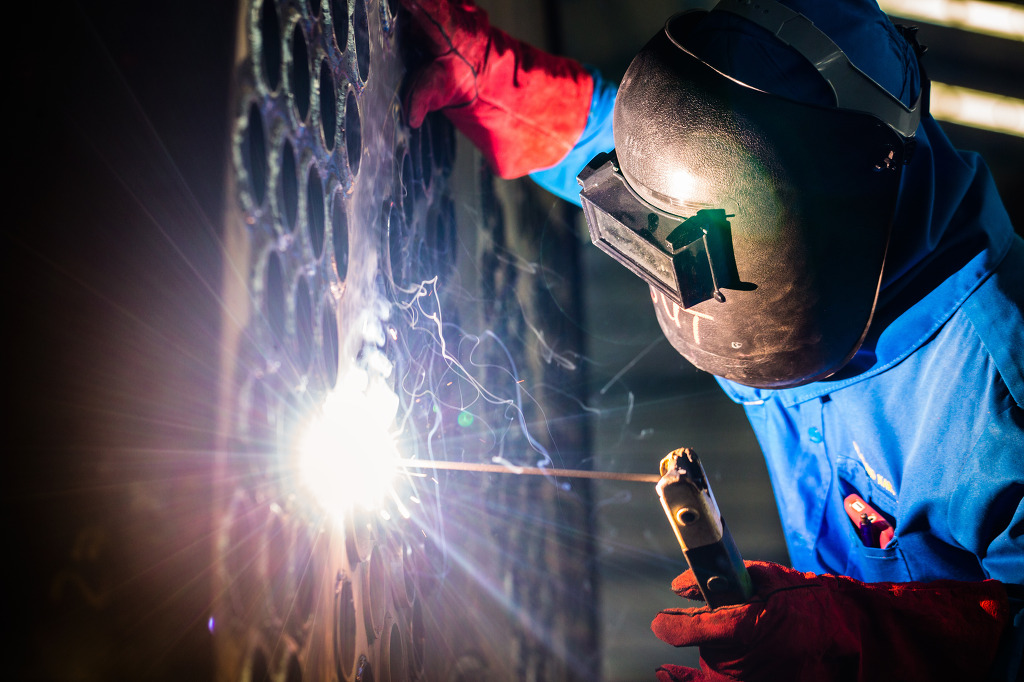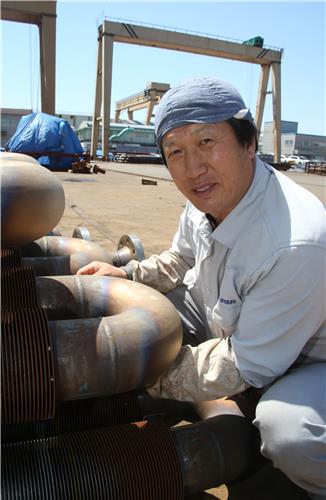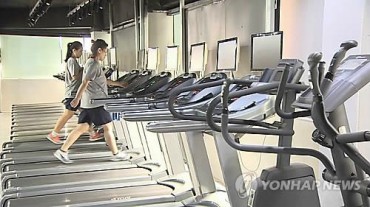
“Those with advanced skills and techniques usually don’t suffer when the economy falters because demand for their services is always high.” (image: KobizMedia/ Korea Bizwire)
ULSAN, May 16 (Korea Bizwire) – Although countless workers have been laid off amidst the economic slump plaguing Korea, specialized technicians serving in a number of important industries are prospering. Among them are ambidextrous welders at industrial plants, and technicians who smooth-bend and straighten thick metal plates in the shipbuilding industry.
Joon-rak Lee is an ambidextrous welder at one of the industrial plants in Ulsan.
Lee’s job is to attach two lengthy pipes to a u-shaped one inside a large furnace, and since the furnace has already been assembled from iron plates, it is impossible to work from the inside. The left side of the u-shaped pipe is extremely difficult for right-handed technicians to weld, and poor welding always leads to quality claims. This is where Mr. Lee’s expertise comes into play.
Some welders even work using either hand by looking at reflections in a mirror. The pipes for cylindrical furnaces used in thermoelectric power plants are small, at only 50mm in diameter. The technicians have to rely on a mirror placed at the bottom of the furnace to weld the pipes.
The final products are sold throughout the world.
Ambidextrous welders pride themselves on their ability to weld with either hand. As freelancers, they command salaries of up to 600,000 won per day. Such technicians, like Mr. Lee, only account for five percent of all welders, so demand for their services is high.
There are similar technicians in the shipbuilding industry.
They are the ones who process the thick steel plates at the bow of a ship into smooth curves. The plates they work with are one centimeter thick, and they must be curved and shaped for resistance and aesthetical purposes. As such, the job requires a high level of expertise, and precise technique.
While thinner plates used in cars, trucks and other vehicles are easily pressed into consistent shapes, bows and sterns of ships come in all different sizes. The 1,000-ton press with its 1,500 ton force can only do 90 percent of the job. The rest is left to the technicians, who shape the final curves using the expansion and contraction of the steel, through constant heating and cooling.
The ship-owners will accept a margin of error of only 2mm. Hence, the work requires extreme concentration, technique, and experience. It also requires the delicate skills that only a human can perfect.
“Those with advanced skills and techniques usually don’t suffer when the economy falters because demand for their services is always high,” said a professor at Korea Polytechnics University. “We also try to follow the industry trends to train more technical professionals.”
By Kevin Lee (kevinlee@koreabizwire.com)







